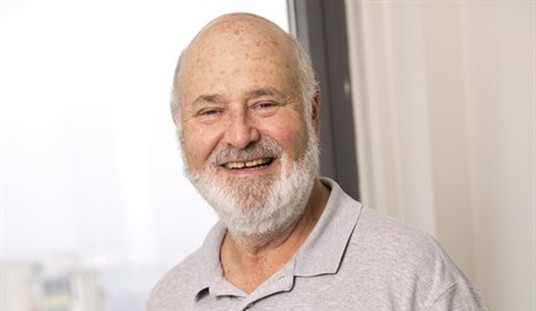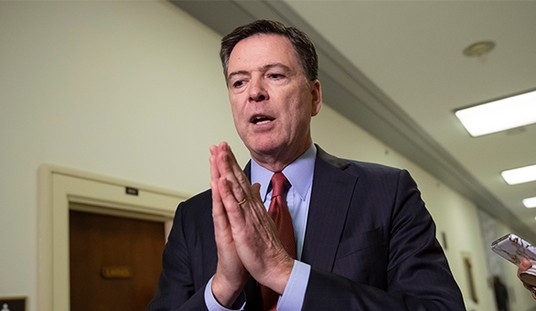In 2006, with the help of enormous amount of the Photoshop clone tool, a Middle Eastern stringer for Reuters named Adnan Hajj famously made Beirut look like this:

No Photoshop (to the best of our knowledge) this time around, merely an enormous lack of context:
“Do you want to know what propaganda looks like? Take glance at this article from the Washington Post,” found on Anthony Watts’ Watts Up With That blog:
And what do you suppose those black, deadly-looking plumes of “emissions” really are?
Condensing steam, that’s what. Just plain water.
Plumes of condensing water vapor normally look white and benign, but by artfully choosing a vantage point to the east of the plant, and a time just after sunset, AP photographer Charlie Riedel managed to make the pretty white plumes look black and threatening.
That power plant has state-of-the-art “scrubbers,” which which cost over $400 million, and which remove 95% of the SO2 and nearly all of the particulate matter. Almost nothing visible is left except steam. Here’s what those same stacks really look like, under normal lighting conditions:
Click over the photo and read the whole post, which was found via Kate at Small Dead Animals, who observed Canada’s CBC attempting a similar bit of propaganda back in 2007.
What ties a disgraced Middle Eastern Reuters stringer and the Post’s radical environmentalism together? When you believe you’re fighting a Holy War against the Infidels, all’s fair. Or as the late Michael Crichton once observed:
I think that you cannot eliminate religion from the psyche of mankind. If you suppress it in one form, it merely re-emerges in another form. You can not believe in God, but you still have to believe in something that gives meaning to your life, and shapes your sense of the world. Such a belief is religious.
Today, one of the most powerful religions in the Western World is environmentalism. Environmentalism seems to be the religion of choice for urban atheists. Why do I say it’s a religion? Well, just look at the beliefs. If you look carefully, you see that environmentalism is in fact a perfect 21st century remapping of traditional Judeo-Christian beliefs and myths.
There’s an initial Eden, a paradise, a state of grace and unity with nature, there’s a fall from grace into a state of pollution as a result of eating from the tree of knowledge, and as a result of our actions there is a judgment day coming for us all. We are all energy sinners, doomed to die, unless we seek salvation, which is now called sustainability. Sustainability is salvation in the church of theenvironment. Just as organic food is its communion, that pesticide-free wafer that the right people with the right beliefs, imbibe.
Eden, the fall of man, the loss of grace, the coming doomsday—these are deeply held mythic structures. They are profoundly conservative beliefs. They may even be hard-wired in the brain*, for all I know. I certainly don’t want to talk anybody out of them, as I don’t want to talk anybody out of a belief that Jesus Christis the son of God who rose from the dead. But the reason I don’t want to talk anybody out of these beliefs is that I know that I can’t talk anybody out of them.
These are not facts that can be argued.
These are issues of faith.
[jwplayer config=”pjmedia_eddriscoll” mediaid=”61401″]
Incidentally, HG Wells gave this religion a name in the early 1930s.











Join the conversation as a VIP Member